Can Spider Plants Survive a Freeze? (Answered)
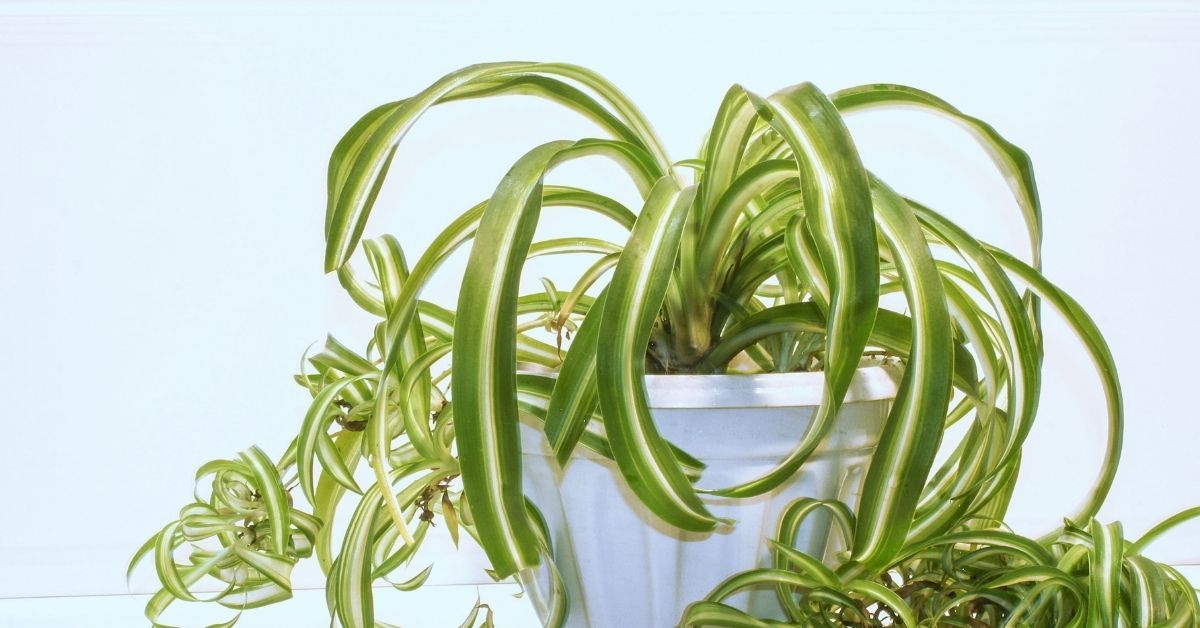
Most people think that spider plants are hardy and can withstand extreme temperatures, but the truth is your spider plant might not be able to survive a freeze. In fact, spider plants can die from freezing temperatures.
Spider plants are some of the easiest plants to grow indoors. They don’t require much water and are very forgiving if you forget to water them.
But many new plant parents have asked the question: “Will my spider plants survive the frost in winter?”
In this article, I’ll talk about how cold spider plants can tolerate and how to keep them alive in the winter season.
Let’s dive right in!
How cold is too cold for spider plants?

According to research, a spider plant will tolerate temperatures as low as 35 degrees Fahrenheit.
In other words: anything below 35 degrees Fahrenheit is too cold for a spider plant.
At that point, most houseplants will have stopped growing and may even be dead.
It is essential to keep in mind that a spider plant is a tropical plant that enjoys warm temperatures.
It will not survive freezing temperatures.
This is a common misconception because of its ability to survive in warmer areas.
Still, I kid you not, it will not enjoy more than a few days in freezing winter temperatures at temperatures below 35 degrees Fahrenheit.
So, it is important to keep your spider plants in a place that will stay warm during the winter.
What temperature will kill a spider plant?
A temperature below 35 degrees Fahrenheit can be deadly for a spider plant.
At that point, your spider plant will not be able to absorb water and may die.
Although a spider plant can tolerate temperatures as low as 35 degrees Fahrenheit, research has shown that it won’t grow well if it’s exposed to a temperature less than 65 degrees Fahrenheit.
In addition, temperatures exceeding 90 degrees Fahrenheit render the spider plant more susceptible to harmful micronutrients.
A spider plant should be kept at temperatures between 60 and 70 degrees Fahrenheit.
Spider plants are tropical plants that are accustomed to warm temperatures. They will not be able to survive freezing temperatures for more than a day or two.
How do you take care of a spider plant in the winter?
Next, we’ll talk about some tips on how to keep your spider plants alive in the winter.
Caring for your spider plant in the winter should not be a significant problem.
Here are some things you can do to keep your spider plant healthy and happy in the colder months:
Move it inside
The most important thing to keep in mind is that your spider plants need to stay in a place that stays warm.
So if you keep your spider plants outside, the first thing you need to do is move them inside when the temperature starts to drop.
Like we have discussed, your spider plant will not grow well in temperatures below 35 degrees Fahrenheit.
So, if you don’t want your spider plant to freeze and die, you’ll need to keep it inside during the coldest days of the winter.
Water it less
You should also make sure that you don’t overwater your spider plant during the winter.
Overwatering is one of the biggest mistakes people make when it comes to caring for their houseplants. It can result in root rot and other problems.
In fact, too much water in the winter months will turn your spider plant’s leaves brown.
So, what you should do instead is to water your spider plant only once a week.
This is enough to keep its roots alive and healthy as the soil won’t be drying out as fast in winter.
It is important to water your spider plant throughout the winter, but it’s also necessary to make sure that you’re using room temperature water.
This will prevent shock and damage from freezing temperatures.
Also read: How often should you water your spider plant?
Raise the humidity level
Spider plants need water to grow and thrive. During the winter, the air in the home is often too dry. In fact, humidity levels can drop to 10% in winter.
This means that the air inside the home is not moist enough to support healthy plant growth.
The ideal humidity level for a spider plant is between 50% to 60%.
If the air in your home is too dry, you should take steps to increase the humidity level.
The easiest way to do this is by misting or spraying your spider plant once a day.
You could also buy small humidifiers that will help you to raise the humidity in your home.
Bonus tip: you should also try to cluster your plants so that they will have a better chance of getting the moisture they need.
Houseplants will release up to 90% of moisture they absorb back into the air through a process called transpiration.
This is why you should cluster your houseplants together. They will be able to share their moisture, which will keep them healthier and happier.
Further reading: Do Spider Plants Like Humidity? (Answered)
Give it enough light
Light is essential for all plants, including spider plants. However, it is harder to get sunlight during the winter season.
So, if you want to make sure that your spider plant can grow and thrive during winter, you’ll need to provide it with enough light.
You should try to position your spider plant near a window. This will ensure that it gets enough sunlight, even during the winter.
However, you should not forget to make sure that the plants are not too close to a frosty window.
Another thing you could do is to add supplemental light to your spider plant.
This will not only give your spider plant a better chance of surviving the winter, but it will also help it grow faster.
Keep fertilizer at bay
Winter is the time when your spider plant rests.
Spider plants in the winter months are a bit dormant and need less food.
So, consider winter an off-season for your spider plant.
What’s more, they don’t need much fertilization. In fact, spider plants won’t grow well if you give them too much fertilizer.
They need a slow-release fertilizer that will slowly release nutrients over time.
For this reason, you should stop feeding your spider plants in the fall.
However, you should resume feeding them when the growing season resumes.
You should feed your spider plant when it starts to show signs of new growth.
The first sign of new growth is the leaves turning green.
So those are some things you can do to make your spider plant happy in the winter months.
Read our spider plant care guide if you want to learn more about how to care for your new green baby.
How do you revive a frozen spider plant?
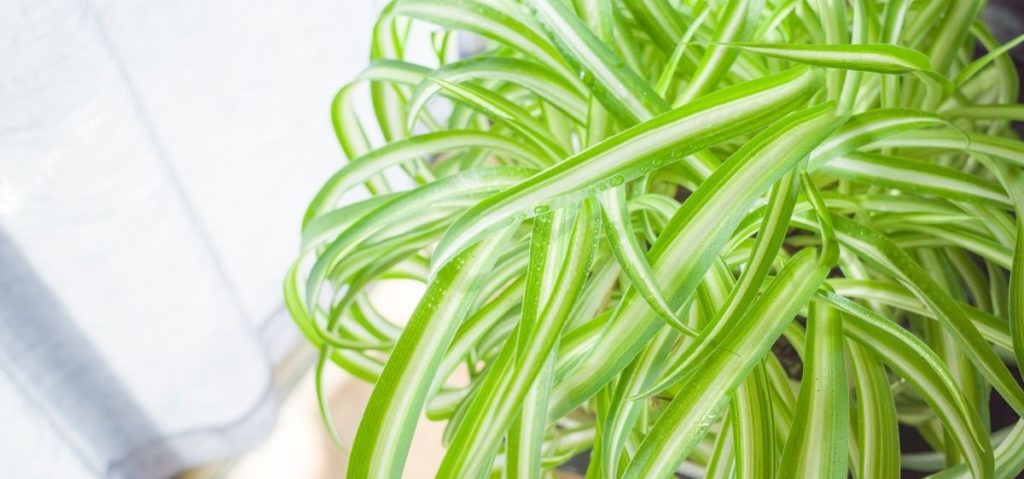
If you find your spider plant has frozen, you’ll need to act fast.
It’s vital that you take special care of your spider plant as soon as possible, or else it may die.
It is important to move the spider plant into your house as soon as possible.
This will provide it with moisture and warmth, which are essential for survival during a freeze.
As soon as you notice your plant’s leaves are starting to turn brown, or it has been frozen, take a container and pour about an inch of water in it.
The spider plant’s roots will remain submerged even if they become exposed from re-freezing.
The next step would be to ensure that there is no stagnant water left on the surface by giving them enough time to drain out completely before placing them back into the original pot.
Spider plants are hardy in the winter, but they can still die when exposed to prolonged cold.
If your spider plant has frozen overnight and you want it revived, do not fertilize until after the plant recovers from its freeze.
The best way to revive a frozen spider plant is by giving it ample time to catch its balance.
That is why it is important to not prune the plant until it has had at least two months to recover.
This will give your plant ample time to grow back and recover from the frost.
When you do prune the plant, you should use garden clippers.
If you are unsure whether or not your spider plant is frost-damaged, take a look at the leaves.
If they have lost their green color and appear wilted, then it’s time to cut them back before the damage spreads further throughout the plant.
When cutting back dead leaves and branches with garden clippers, be sure to keep an eye on where you’re trimming so that healthy wood remains untouched by any of these measures.
Also read: Should I Cut Off Broken Spider Plant Leaves?
Can spider plants stay outside in winter?
No, spider plants should not stay outside in winter.
This is because they don’t like cold temperatures and will not survive outdoors in winter.
They can freeze very quickly and may even die if it happens too often.
Spider plants are tropical plants, which means that they prefer warmer temperatures to colder ones.
Spider plants should be brought into your house for the winter. The best time to do this is at the end of the fall season, before the start of winter.
If you wait until the first day of winter, you will likely have to spend more time and effort getting your spider plant back into shape.
Spider plants can stay outside in summer as long as they’re not exposed to direct sunlight.
You should also be careful to protect your spider plant from extreme heat.
If you insist on keeping your spider plant outside in the winter, you could try to keep it in a cold greenhouse or a cold frame.
However, I would not recommend this because it is not advisable to keep a tropical plant inside a cold space. The temperature inside the greenhouse or cold frame would likely be much lower than what the plant needs.
Conclusion
The spider plant is a wonderful houseplant that is very easy to care for. It is a very popular houseplant that is a good choice for beginners.
However, a spider plant will not survive a freeze and should be brought inside immediately in the cold months.
Furthermore, if you live in an icy area, you may need to bring your spider plant inside earlier than usual.
Finally, I hope this article has answered your question concerning whether or not a spider plant can survive a freeze.
If you want to learn more about houseplant in general, you can read our beginner guide to taking care of a houseplant.
Now, I’d like to hear more from you:
What are your thoughts on spider plants? How do you care for spider plants?
Share your thoughts in the comments below. If you enjoyed this article, please share it with your friends!
Thank you, and have a great day!
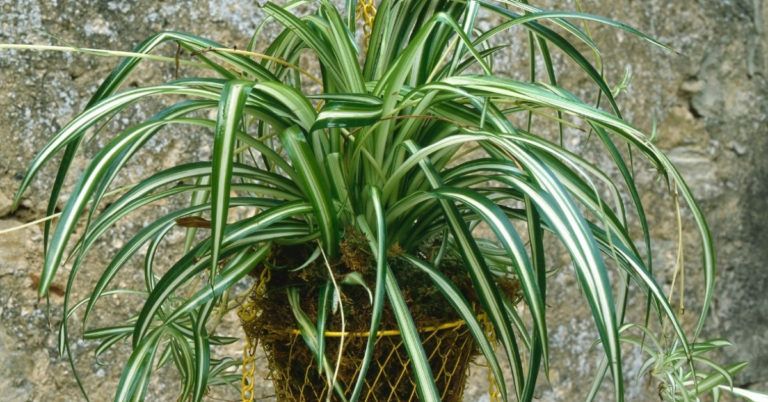
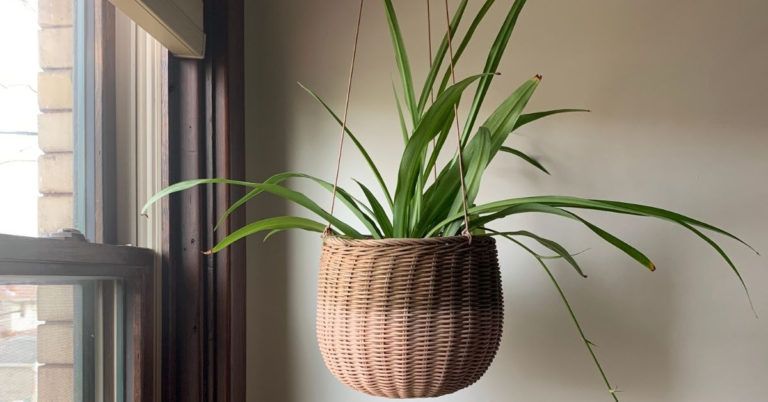
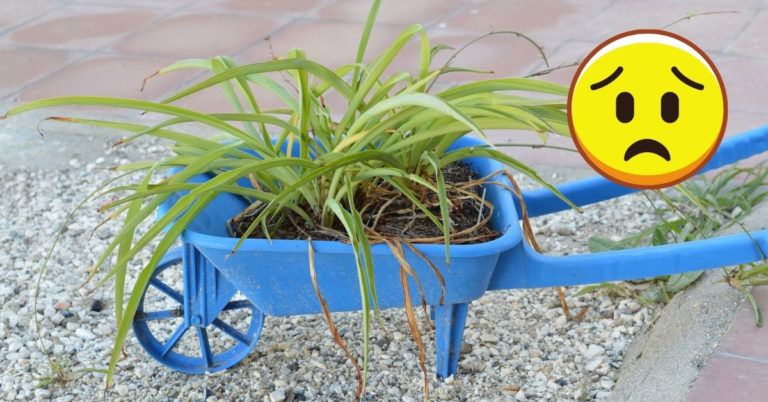

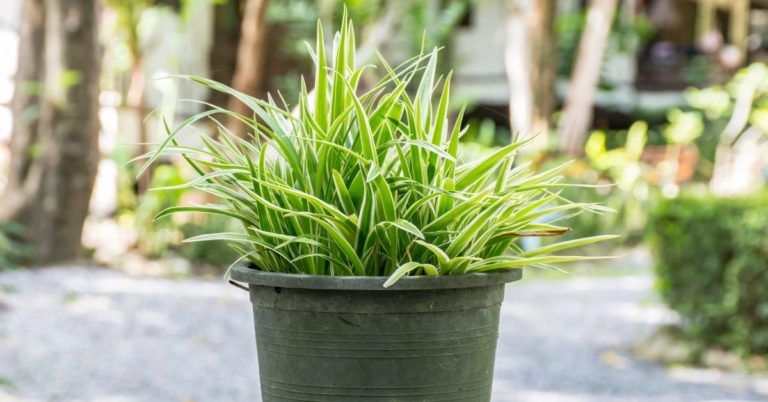
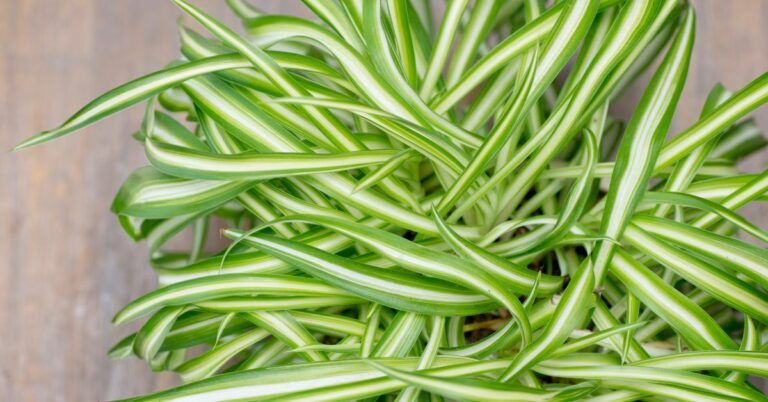
I have two spider plants that I walked over to a friend’s house in -5 degree weather for no more than 2 minutes and now they are sad and droopy. I added warm water to the pots, put them near a heater and put a “happy lamp (aka UV)”, as we only get about 4 hours of light in the winter, near them and I think it’s helped a bit. I live in Alaska but wasn’t ready for that 2 minutes to possibly destroy otherwise beautiful full spider plants!
Hi! I’m glad that your plants recovered just fine! This is actually a great tip because some of our readers are having issue with their spider plants and don’t know how to help them.
So this will definitely help them out! Thank you so much for taking the time to leave a comment on our page! We always love hearing from you!